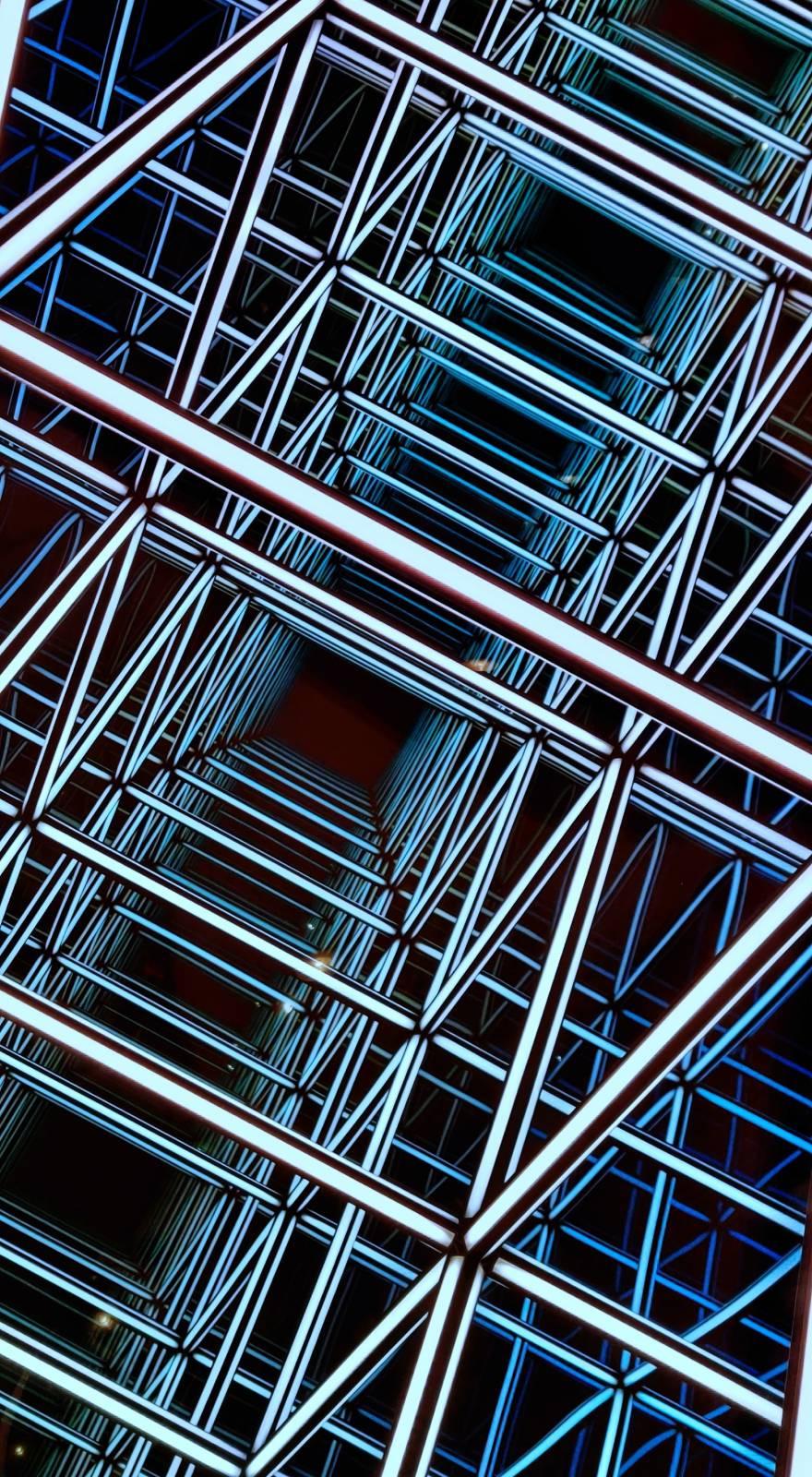Knowde Enhanced TDS
Identification & Functionality
- Product Type
- Technologies
Features & Benefits
- Ready-to-Use Product Features
Applications & Uses
- Compatible Substrates & Surfaces
- Mixing & Application Instructions
- Product Storage: Store product at normal room temperature. Continuous storage should be between 60 and 90 degree F. Low temperatures or temperature fluctuations may cause product crystallization.
- Surface Preparation: The most suitable surface preparation would be a fine brush blast (shot blast) to remove all laitance and provide a suitable profile. All dirt, foreign contaminants, oil and laitance must be removed to assure a trouble free bond to the substrate. A test should be made to determine that the concrete is dry; this can be done by placing a 4’X4’ plastic sheet on the substrate and taping down the edges. If after 24 hours, the substrate is still dry below the plastic sheet, then the substrate is dry enough to start coating.
- Product Mixing: This product has a mix ratio of 12# part A to 4.15# part B or two parts A to one part B by volume for standard colors. Standard packages are in pre-measured kits and should be mixed as supplied in the kit. We highly recommend that the kits not be broken down unless suitable weighing equipment is available. After the two parts are combined, mix well with slow speed mixing equipment such as a jiffy mixer until the material is thoroughly mixed and streak free. After mixing, transfer the mixed material to another pail (the transfer pail) and again remix. The material in the transfer pail is now ready to be applied on the primed substrate. Improper mixing may result in product failure.
- Priming: A suitable primer should be used before applying this product. See the front side of this technical data for primer information. If a primer is not used, more porous substrates may cause outgassing and possible surface defects.
- Product Application: The mixed material can be applied by brush or roller. However, the material can also be applied by a suitable serrated squeegee and then back rolled as long as the appropriate thickness recommendations are maintained. Maintain temperatures and relative humidity within the recommended ranges during the application and curing process. If concrete conditions or over aggressive mixing causes air entrapment, then an air release roller tool should be used prior to the coating tacking off to remove the air entrapped in the coating.
- Recoat Or Topcoating: If you opt to recoat or topcoat this product, you must first be sure that the coating has tacked off before recoating. However, all previous coats should be deglossed to insure a trouble free bond prior to application of recoats or topcoats. Colder temperatures will require more cure time for the product before recoating or topcoating can commence. Before recoating or topcoating, check for epoxy blushes (a whitish, greasy film or deglossing). If a blush is present, it can be removed by any standard detergent cleaner prior to topcoating or recoating. Many epoxy coatings and urethanes as well as multiple coats of this product are compatible for use as a topcoat.
- Cleanup: Use xylol.
- Floor Cleaning: Caution Some cleaners may affect the color of the floor installed. Test each cleaner in a small area, utilizing your cleaning technique. If no ill effects are noted, you can continue to clean with the product and process tested.
- Restrictions: Restrict the use of the floor to light traffic and non-harsh chemicals until the coating is fully cured (see technical data under full cure). It is best to let the floor remain dry for the full cure cycle.
Primer: Recommended 1015, 1144, 1154 or other suitable primer coats.
Topcoat: Optional – 1321/8324 aliphatic urethanes can be used for increased chemical resistance or increased UV stability.
Limitations
- Color stability or gloss may be affected by environmental conditions such as high humidity, low temperatures, chemical exposure or exposure to certain types of lighting such as sodium vapor lights.
- Colors may vary from batch to batch. Therefore, use only product from the same batch for an entire job.
- This product is not UV color stable and may discolor when exposed to UV lighting. Otherwise, the color stability of this product is good. Therefore, a topcoat is optional and dependent on the environment.
- Light or bright colors may require a suitable primer or topcoat to achieve a satisfactory hide. *Substrate temperature must be 5°F above dew point.
- All new concrete must be cured for at least 30 days prior to application.
- Apply a suitable primer before using this product as a coating.
- See reverse side for application instructions.
- Physical properties are typical values and not specifications.
- See reverse side for limitations of our liability and warranty.
Directions for Use
- A suitable primer should be used before applying. Suitable primers include 1015,1144, 1154.
- For best results, we recommend a fine brush blast to provide a suitable substrate.
- Ensure all dirt, oil, dust, or other debris has been removed and surface is dry.
- Mixing ratio is two parts A to one part B by volume. Standard kits are pre- measuredfor proper mixing.
- Mix thoroughly with slow-speed mixer until material is streak-free. Transfer toanother pail and mix again.
- Can be applied using a roller or brush, or using a serrated squeegee and back rolling onto surface.
- For cleanup, use xylol.
Properties
- Typical Properties
| Value | Units | Test Method / Conditions | |
| Solids (Weight) | 99 - 101 | % | - |
| Solids (Volume) | 81 - 119 | % | - |
| Recommended Film Thickness | 12 - 30 | mils | - |
| Coverage Per Gallon (12 - 30 mils) | 53-130 | square feet per gallon | - |
| Mix Ratio (Part A to Part F) | 12.0 | - | - |
| Finish Characteristics (60°C, Erichsen glossmeter) | Gloss | - | - |
| Abrasion Resistance (Taber abraser CS-17 calibrase wheel with 1000 gram total load and 500 cycles) | 32.0 | mg | - |
| Flexural Strength | 5400.0 | psi | ASTM D790 |
| Compressive Strength | 9100.0 | psi | ASTM D695 |
| Adhesion (Elcometer) | 450.0 | psi | - |
| Viscocity | 1300 - 2300 | cps | - |
| Tensile Strength | 4800.0 | psi | ASTM D638 |
| Ultimate Elongation | 3.1 | % | - |
| Relative Humidity | max. 85 | % | - |
| Gardner Variable Impacter | 50.0 | inch pounds | - |
| Cure Schedule (70°F, Pot life-1 1/2 gallon volume) | 30 - 50 | minutes | - |
| Cure Schedule (70°F, Tack free, dry to touch) | 5 - 8 | hours | - |
| Cure Schedule (70°F, Recoat or topcoat) | 8 - 12 | hours | - |
| Cure Schedule (70°F, Light foot traffic) | 12 - 14 | hours | - |
| Cure Schedule (70°F, Full cure, heavy traffic) | 2 - 7 | days | - |
| Application Temperature | 60 - 90 | °F | - |
Technical Details & Test Data
- Chemical Resistance
REAGENT RATING Xylene C Trichloroethylene B Methanol A Ethyl Alcobol B Skydrol B 10% Sodium Hydroxide E 50% Sodium Hydroxide D 10% Sulfuric Acid C 70% Sulfuric Acid A 10% HCl (aq) C 5% Acetic Acid B Rating key: A - not recommended, B - 2 hour term splash spill, C - 8 hour term splash spill, D - 72 hour immersion, E - long term immersion.
Packaging & Availability
- Packaging & Availability
- 3 gallon kits (2.9 - 3.0 gallons net approximately)
- 15 gallon kits (14 - 15 gallons net approximately)
Storage & Handling
- Shelf Life
- 1 Year (Unopened Containers)

